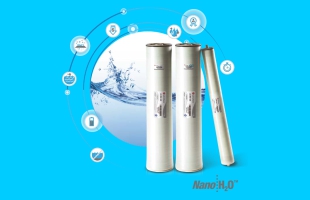RO MEMBRANES

RO MEMBRANES
Our high-quality RO membranes effectively remove dissolved salts, contaminants, and impurities, delivering pure water for industrial, commercial, and residential applications. With superior rejection rates, enhanced durability, and efficient water recovery, they ensure long-lasting performance and cost savings, making them a reliable solution for water purification needs.
Request for QuoteProduct Description:
ro membranes
Product List
| Product Name | Description | |
|---|---|---|
|
LG CHEM
|
Seawater and brackish water RO Membranes |




















